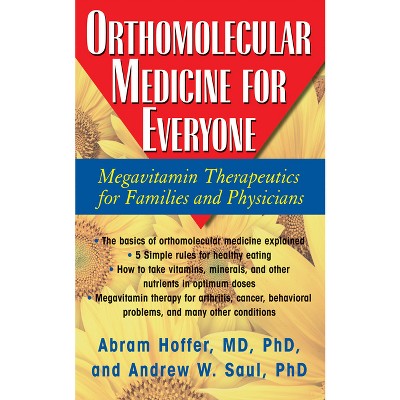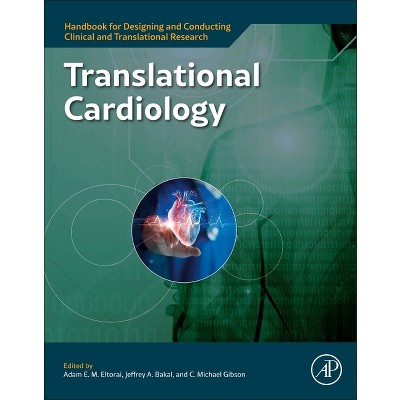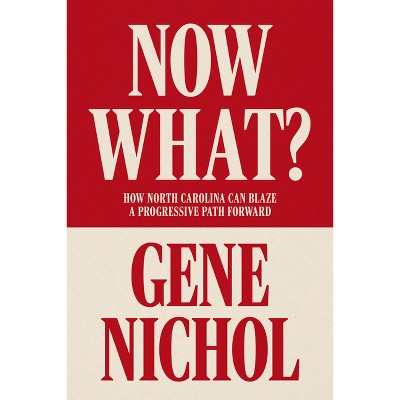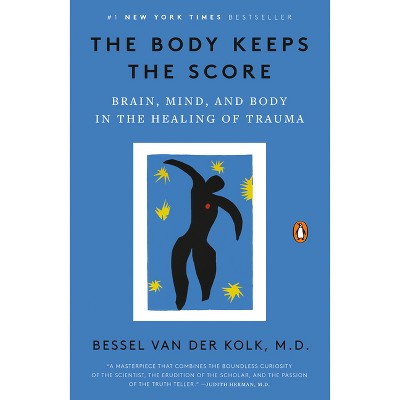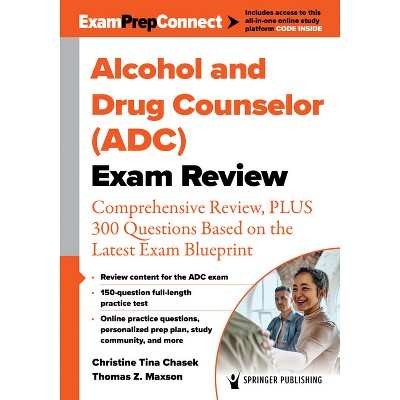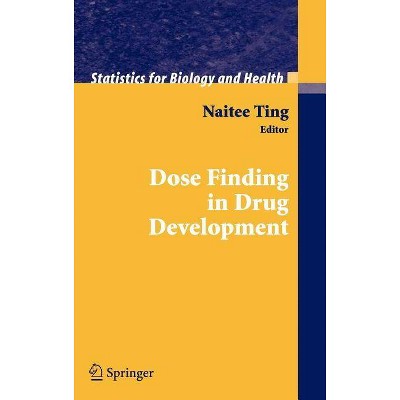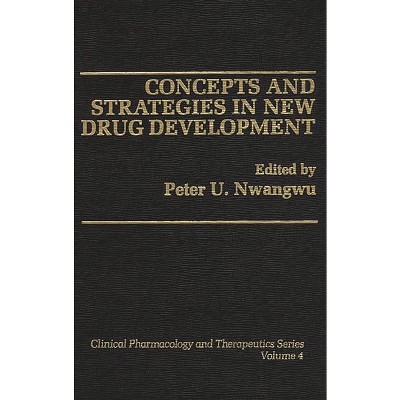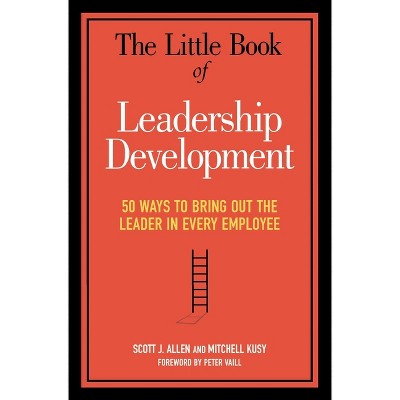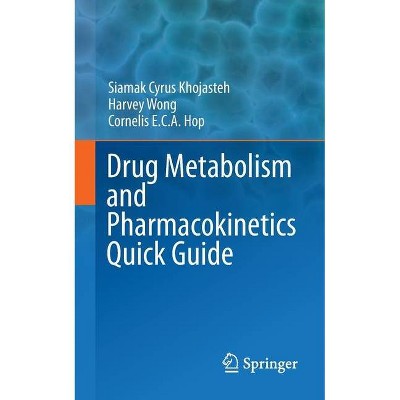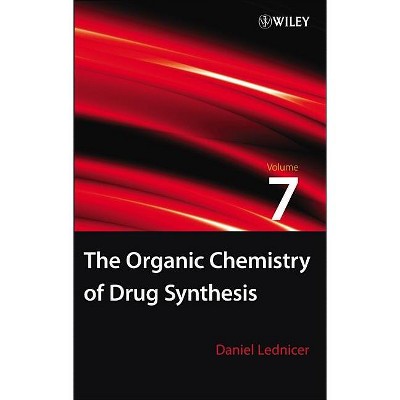Sponsored

Drug Development - by Mitchell N Cayen (Hardcover)
In Stock
Sponsored
About this item
Highlights
- The focus of early drug development has been the submission of an Investigational New Drug application to regulatory agencies.
- About the Author: MITCHELL N. CAYEN, PhD, is Principal of Cayen Pharmaceutical Consulting, LLC, a firm that advises pharmaceutical companies in nonclinical and clinical drug develop-ment, with specific focus on candidate drug selection, discovery, drug metabolism and pharmacokinetics, drug development strategies, and regulatory submissions.
- 654 Pages
- Medical, Pharmacology
Description
Book Synopsis
The focus of early drug development has been the submission of an Investigational New Drug application to regulatory agencies. Early Drug Development: Strategies and Routes to First-in-Human Trials guides drug development organizations in preparing and submitting an Investigational New Drug (IND) application. By explaining the nuts and bolts of preclinical development activities and their interplay in effectively identifying successful clinical candidates, the book helps pharmaceutical scientists determine what types of discovery and preclinical research studies are needed in order to support a submission to regulatory agencies.From the Back Cover
Learn how to improve your odds of developing a successful drug candidateDrug development is a highly resource intensive effort. The high attrition rate during nonclinical and especially clinical evaluation demands that the candidate drug selection process be as cost and time effective as possible. Focusing on the critical early stages of drug development, this book guides investigators through the continuum of disciplines that play a role in determining whether a new chemical entity with demonstrated pharmacological activity should progress to clinical evaluation in human subjects. Moreover, it will help them prepare and submit an Investigational New Drug (IND) application.
The book is divided into five parts:
- Part I: Introduction
- Part II: Lead Optimization Strategies
- Part III: Bridging from Discovery to Development
- Part IV: Pre-IND Drug Development
- Part V: Planning the First-in-Human Study and Regulatory Submission
Each chapter, written by a leading expert, examines a specific discipline, such as ADME and pharmacokinetics, bioanalysis, safety pharmacology, toxicology and toxicokinetics, chemistry/manufacturing and controls (CMC), and exploratory INDs. Authors explore strategies, study designs, challenges, and decision-making criteria for both small molecules and, where relevant, biopharmaceutics, offering specific examples for illustration. They also discuss the interdisciplinary coordination needed to develop a candidate drug that has the best potential of demonstrating a high level of efficacy and safety in its target patient population. In addition, most chapters guide readers through relevant international regulatory guidelines and requirements to help streamline the approval process.
This book is recommended for all investigators involved in nonclinical and clinical drug development, helping them focus their scientific efforts and resources on the best drug candidates and mini
Review Quotes
"As such, it may serve both as an introduction for newcomers but also as a reference for the more experienced ... The reader will find valuable advice on how to find the best strategy towards entry into the clinic." (ChemMedChem, 2011)
About the Author
MITCHELL N. CAYEN, PhD, is Principal of Cayen Pharmaceutical Consulting, LLC, a firm that advises pharmaceutical companies in nonclinical and clinical drug develop-ment, with specific focus on candidate drug selection, discovery, drug metabolism and pharmacokinetics, drug development strategies, and regulatory submissions. Previously, he was senior director of drug metabolism and pharmacokinetics at Schering-Plough Research Institute.